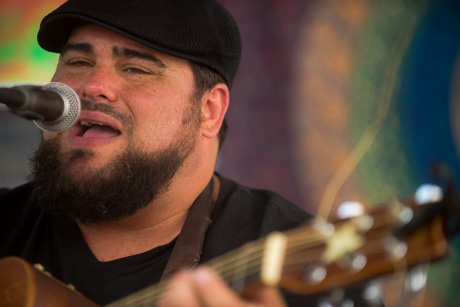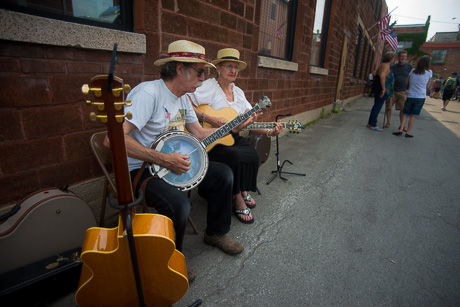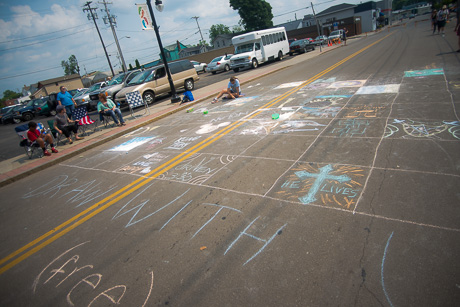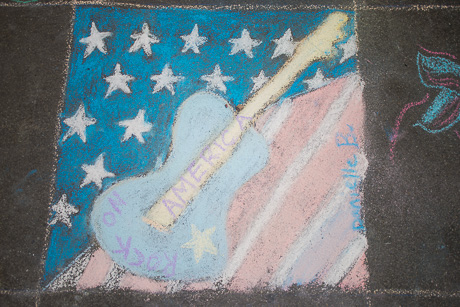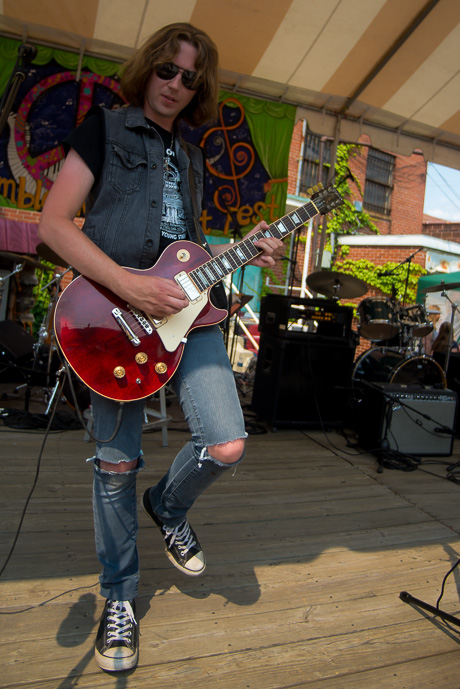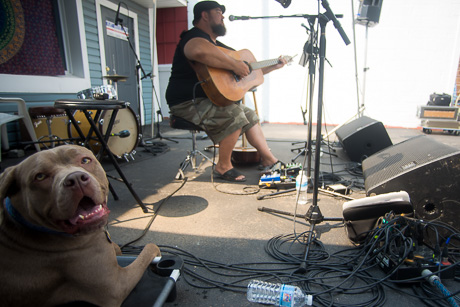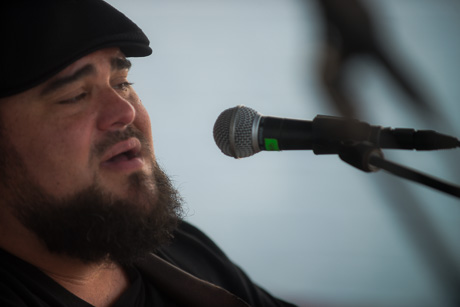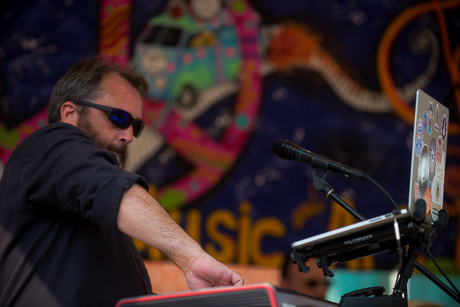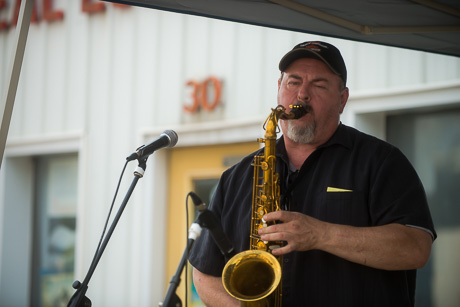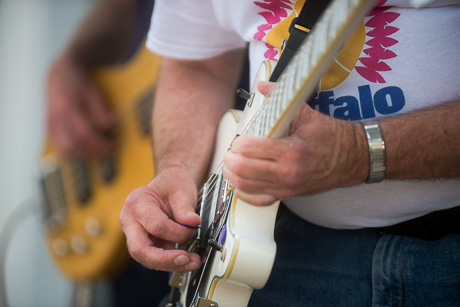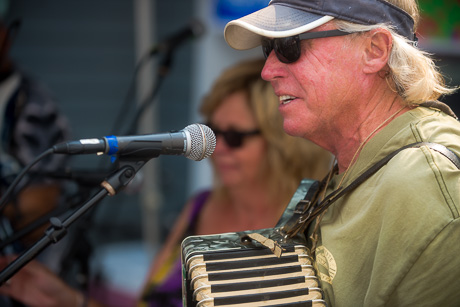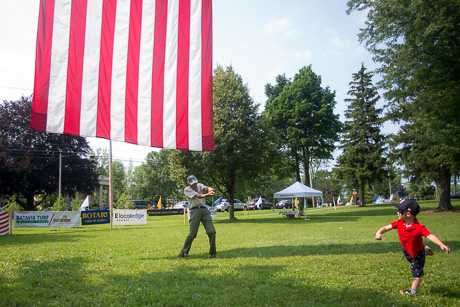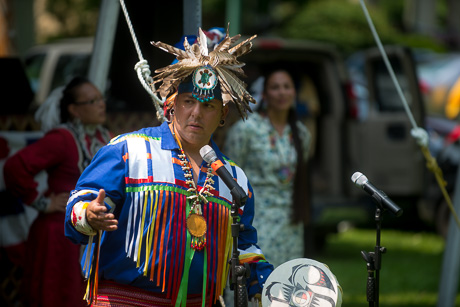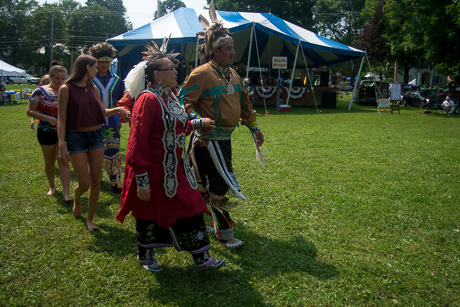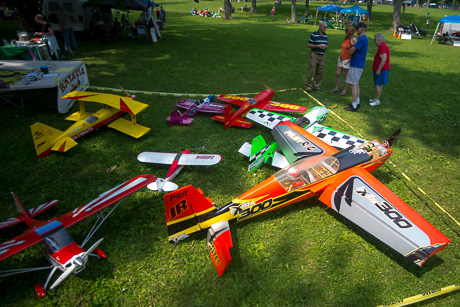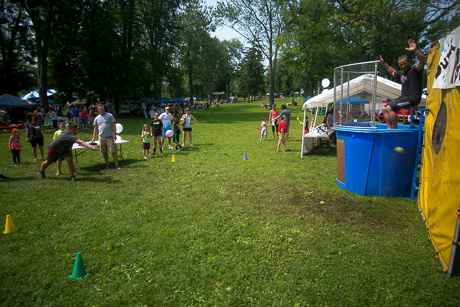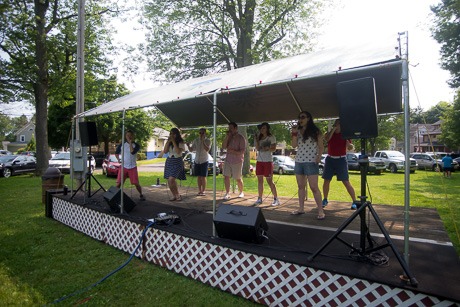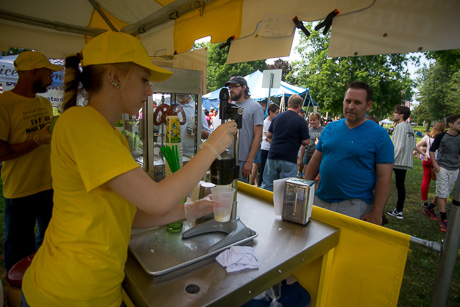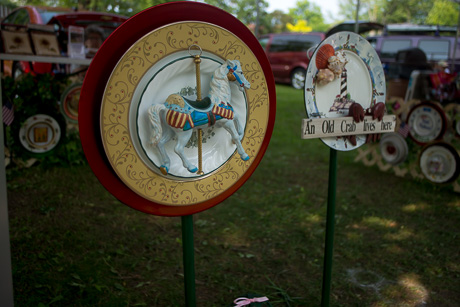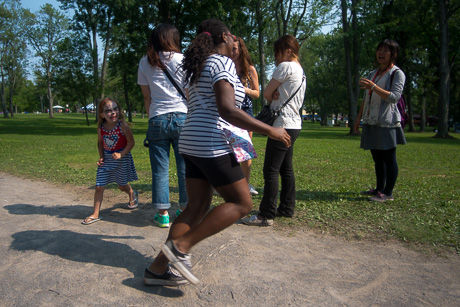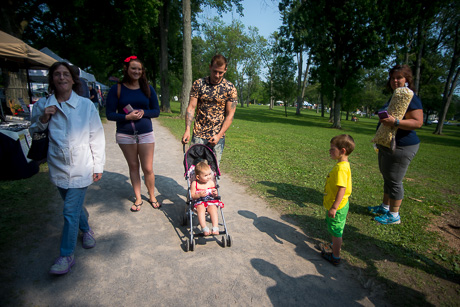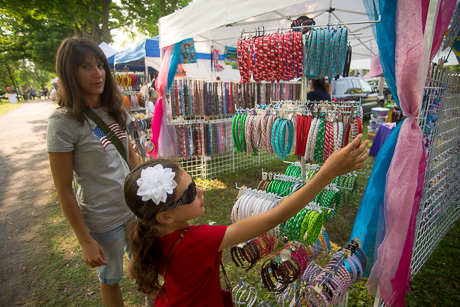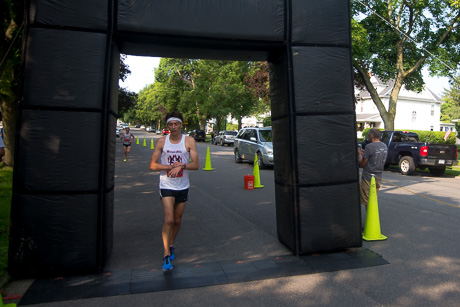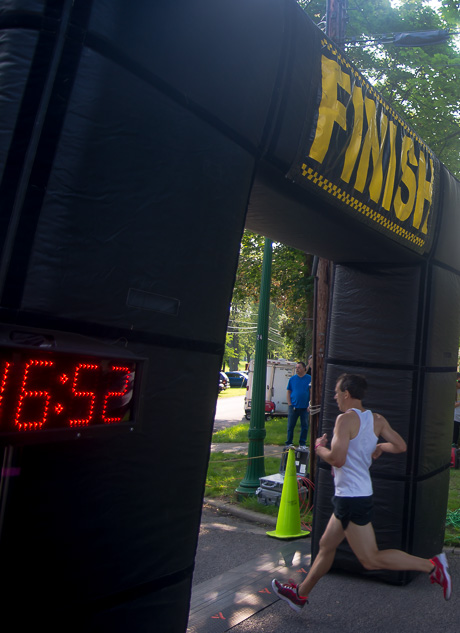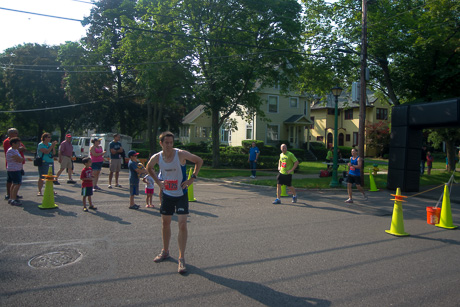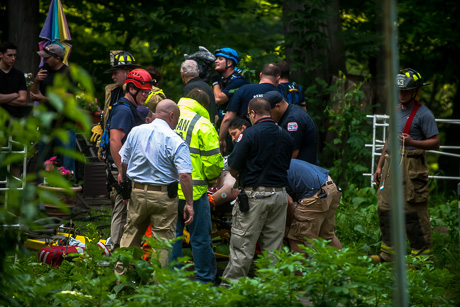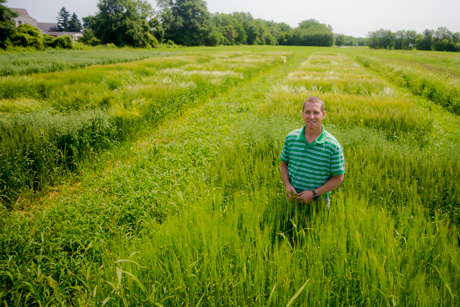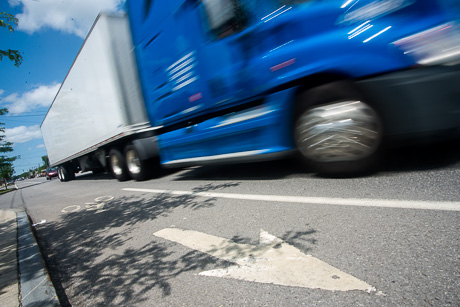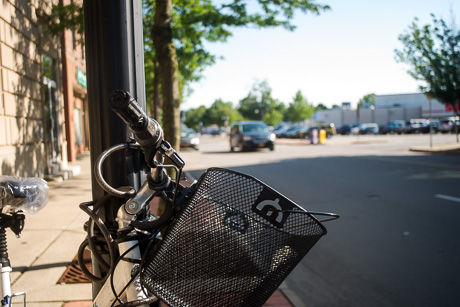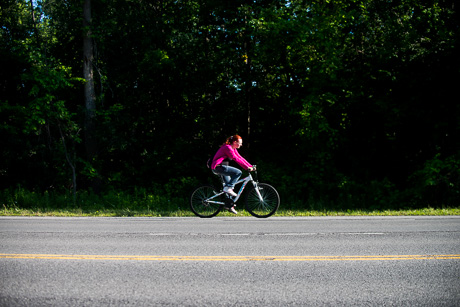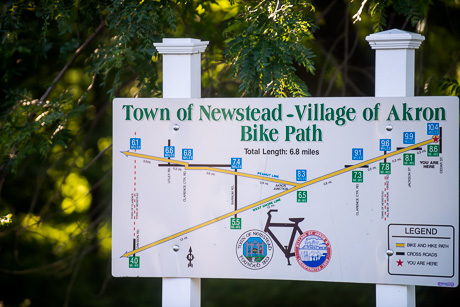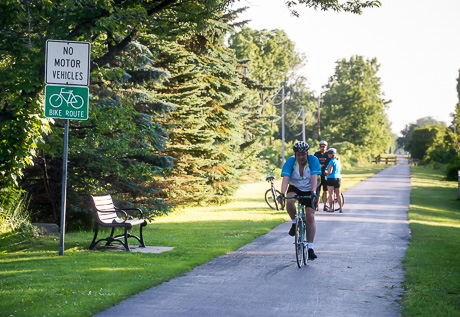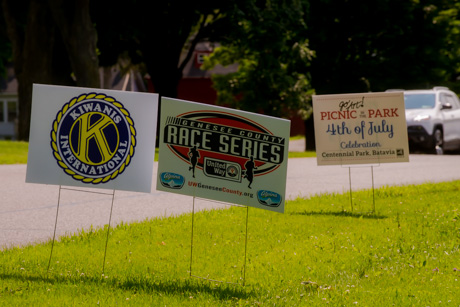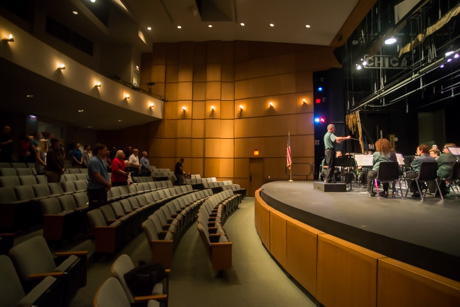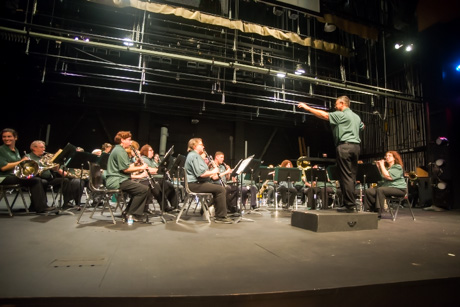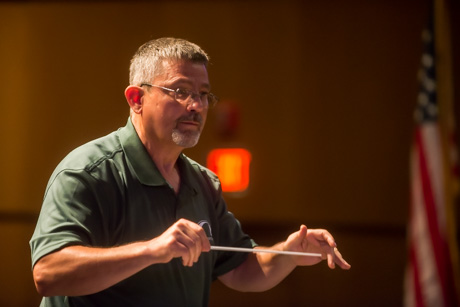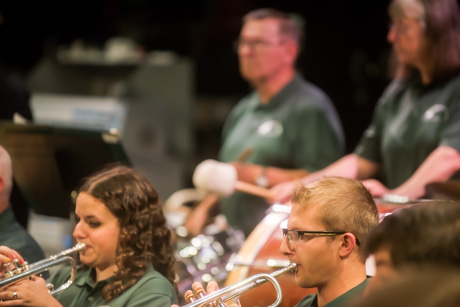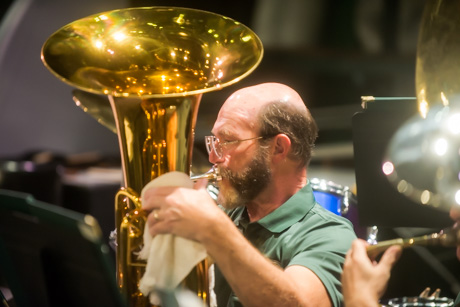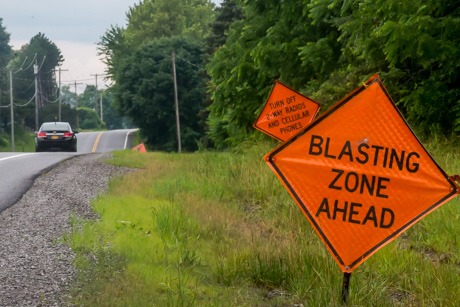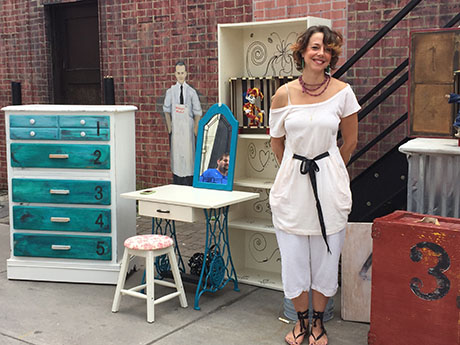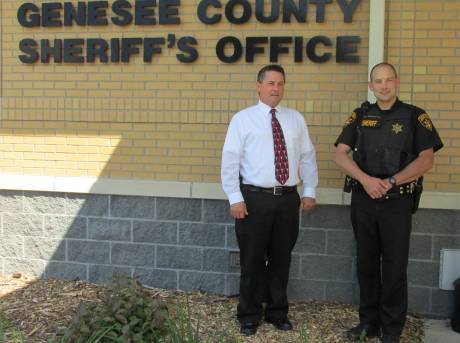Marie doesn't hold back when asked about biking in Batavia.
"It sucks," she said during a brief conversation outside of City Centre.
"I lived in New York City and I felt safer riding there than I do in Batavia," said Marie, who didn't want to give her full name (and Marie is her middle name), because she feared friends wouldn't like her talking poorly about their hometown.
Marie's opinion of the bikeability of Batavia is not universal, but in our conversation she struck a common theme among local bike riders we spoke to over the past few days. There's a lot of displeasure with state of things and a recognition that with a little effort, Batavia could become more bike friendly.
Tony Mancuso, perhaps Batavia's most ubiquitous bike rider when the days are warm and dry, said he certainly can't describe Batavia as a great place to tool about on two, self-powered wheels.
"I ride my bike around town constantly," Mancuso said. "The people are friendly, but Batavia is not bike friendly."
By that, Mancuso means the roadways aren't set up well for bike riders, there are no bike racks and there aren't enough bicyclists to help raise the awareness of car drivers.
"There are few places in Western New York that you would call bike friendly," Mancuso said.
It's not like Western cities such as San Diego and Denver, or even Nashville, where most streets are shared by cars and bikes with little conflict.
John Roche, owner of Adam Miller Toy and Bicycle, and obviously an avid rider himself, thinks the idea of sharing the roadway with bike riders is a common complaint of bikers.
"So many people yell at bike riders to get out of the road, but that's where they're supposed to be," Roche said.
Marie said she's been hit by a car in Batavia.
Another rider who said her name is Krystal, but didn't want to give her full name, said Batavia is just all right for bike riders.
She rides to-and-from work every day, she said, up and down West Main Street.
"Drivers don't pay attention and they hit somebody and just don't care," Krystal said. "I've heard of several bike accidents."
Marie and Krystal both believe Batavia should be bike friendly because so many people locally don't ride just because it's fun or to get fit, but because it's an economic necessity. They can't afford cars, but still want to work and be able to get there quickly and safely.
But not everybody thinks Batavia is hostile to bike riders.
Kevin DeFelice, who rides professionally as a police officer and personally as an enthusiast, said he's never really encountered any problems while peddle-pushing around the city.
"I bike a lot professionally and personally and I'd say it's a bicycle-friendly city," DeFelice said.
He's including in that assessment recent efforts to provide bike helmets to local children and a clinic he will help with to teach bicycle safety to local children.
Yes, however, DeFelice, like many other riders, would like to see more dedicated bike lanes and bike racks.
It's dedicated infrastructure that separates Batavia from more bike-friendly environs, such as Denver and New York City, or even the Akron-Clarence area of Erie County.
More pavement markings signaling it's OK for bikes to be on the road would help send the right message, local bikers said. Bike racks would encourage more people to use bikes for going to and from work, shopping or out for dining. Bike trails would help riders cover greater distances safely and in comfort.
"You basically have to reward people who are making the trip on a bike instead of a car," said Felipe Oltramari, the county's planning director. "A lot of times it seems like you're not rewarding riders by not providing the proper facilities."
Yes, there's Ellicott Street, with its designated bike lanes, but not too many riders take that route. It's more common to see riders on the sidewalks, which is illegal in Batavia, than on the asphalt.
Many riders said they just don't feel safe in those bike lanes. Vehicle traffic is constant, the flow is heavy and big trucks rumbling by gives most riders a sense of insecurity.
DeFelice said he gets that, but he said he feels perfectly comfortable on Ellicott Street.
"Of course, I ride with the police department and I'm pretty visible, so I don't have a problem with it," DeFelice said.
Oltramari, who often rides from his home in the city to his office in County Building #2 on West Main Street Road, said just making the ride regularly has helped his comfort level riding alongside fast-moving, truck-intensive traffic on Route 5. He's gotten used to it and so feels safer.
With Ellicott Street, Oltramari said increased usage would improve the viability of the bike lanes, but there are other things the DOT could do to help that along.
More physical separation between bike and driving lanes would help, he said. There are small plastic markings available that could provide more of a visual separation. He said he's also seen in other communities where the bike lane is placed between parking and the sidewalk so that parked cars become a protective barrier for riders.
Julie Pacatte, economic development coordinator for the city, suggested the bike lane be painted a solid color, such as green, from beginning to end. That would provide a visual reminder to watch for bike riders and respect their space.
There's also a sense that Ellicott Street is a bike route to no where. It doesn't connect to anything -- no trails, not other paths.
"The DOT has of late jumped on the idea of complete transportation corridors," Oltramari said. "That is providing for all uses, vehicles, bikes and pedestrians, but that doesn't always address the comfort level of everybody as if they had their own space. The large number of trucks doesn't take into account the comfort level of the rider or even the walker. When we did our walking tour, the truck traffic was pretty loud and you couldn't hear the person walking next to you."
There is sometimes a misconception locally that the DOT reconfigured Ellicott Street to add the bike lanes. That is not really accurate, said Lori Maher, regional spokeswoman for the DOT. It's true only to the extent that the DOT is in fact now trying to provide for driving, biking and walking along the transportation corridors it owns, but there was a more primary goal for Ellicott Street than bikes, she said.
"We decided to go from four lanes to three, including the middle-turn lane, primarily to provide better left-turn access for the driveways along Ellicott Street," Maher said. "You're less likely to get rear-ended in a turn lane and you're less likely to hold up other traffic, and if you're turning, you can likely turn sooner because you're waiting on one lane of traffic instead of two."
The reconfiguration made room for bike lanes, given the existing width of the roadway, Maher said, so given the DOT's overall transportation goals, it made sense to add them.
"Whenever we go into a highway project, we look to see if bike and pedestrian needs are being met," Maher said.
Even with the skeptics decrying the value of the Ellicott Street bike lanes, Oltramari sees them as an overall benefit to the city and part of a long-term play to improve Batavia's bikeability.
"I think it's a good thing for the DOT to put in," Oltramari said. "You have to start somewhere. It just seems silly to have it and have it go nowhere, but as it builds from there, it will make more sense. You hear a lot of arguments that we don't need a bike lane here or we don't need a bike lane there because nobody rides bikes, but it's a chicken-and-egg thing. You can't use that argument because maybe people would ride more if there were more facilities for riders."
The proposed Ellicott Trail could transform Ellicott Street from the bike route to nowhere to one that is part of an interconnected network of bike paths.
"The Ellicott Trail could draw more retail and recreational traffic into the heart of the city," Pacatte said. "Being bike-friendly expands the quality of life opportunities in the city, it goes along with our walkability initiative, it's an alternative form of transportation to and from work, it reduces our carbon footprint, addresses our urban growth efforts and means we're not just dependent on vehicle traffic. It's part of our friendlier city initiative."
The proposed trail, which has already been approved for $1 million in federal grants, will begin at Pearl Street in Batavia and extend east to Seven Springs Road in the Town of Batavia. The trail will be between 4.3 and 4.6 miles long and 10-feet wide.
Batavia could become a very bike-friendly city, Oltramari said.
"Luckily, there are a lot of things that overlap," Oltramari said. "The city has good bones for a really good bike infrastructure. There's a grid-style layout, so you don't have a lot streets that end in cul-de-sacs, and it's fairly flat. From east to west, there are plenty of nice streets, such as Richmond and North streets, and when the Ellicott Trail gets built, there will be a nice southside east-west way to get across the city."
A lack of bike racks in the city means bikers must find whatever secure object they can to chain a bike two while parked.
West Main Street Road has broad shoulders, but no visual clues for drivers to be on the lookout for bicyclists.
In the Village of Akron, an old railroad line has been converted into a bike trail. The trail connects to trails in other communities and the Erie County network of trails is growing. It's a system Genesee County's own proposed trail system could eventually connect with.

